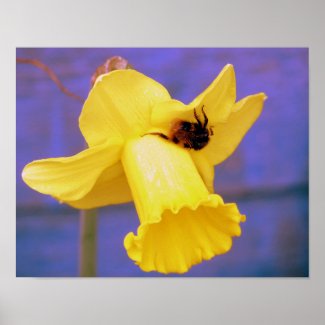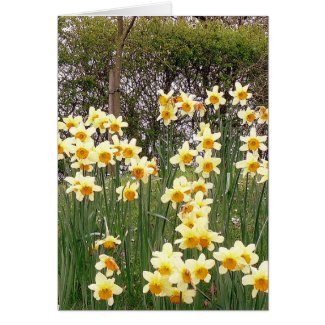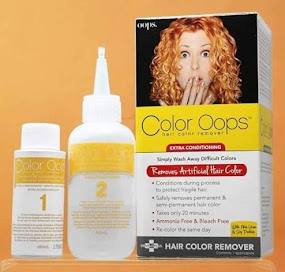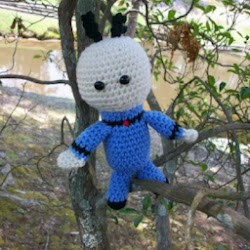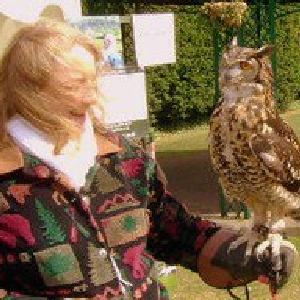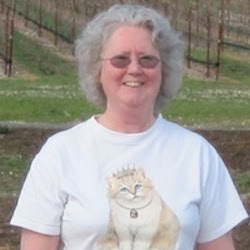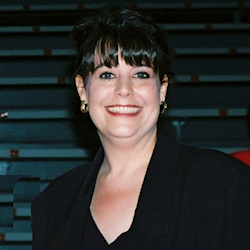The growing popularity of Pickleball fascinates me! My mom loved playing this! Mom and Dad were Snowbirds; they spent winters in the southern USA. The community they stayed in played Pickleball, and Mom was really into it. Whenever I hear the word Pickleball I think of mom talking about it.
When I read that Pickleball is now going mainstream, I sort of giggled, thinking it was more of a senior sport. But guess what? It's growing amongst young people.
Being a lover of statistics, I had to research this! Below are some of the fascinating growth stats.
Why Is Pickleball So Popular?
It's easy to learn and inexpensive. Pickleball's accessibility is a key factor in its popularity. Unlike some sports that require years of practice, Pickleball is easy to pick up.
The rules are straightforward, and beginners can quickly get into the swing of things. Plus, it doesn't break the bank – you only need a paddle, a ball, and a court.
Celebrity Endorsements
Pickleball has indeed caught the attention of celebrities from various walks of life. From actors and musicians to athletes and influencers, the pickleball craze has spread like wildfire and become the latest trend in the celebrity world.
Some notable celebrity Pickleball team owners include Selena Gomez, Ellen DeGeneres, and Jim Berkus. It's popular! Here's an article that features some additional notable celebrities connected to the sport.
Pickleball by the Numbers Explosive Growth:
(A) 36.5 Million Players: From August 2021 to August 2022, over 36.5 million Americans played Pickleball.
(B) 158.6% Growth: The number of players increased by a staggering 85.7% in 2022 alone, with a three-year growth rate of 158.6% (2020-22).
Fastest-Growing Sport:
For three consecutive years (2020-2022), Pickleball has held the title of America's fastest-growing sport.
Average Age: Between 2020 and 2021, the average age of pickleball players dropped from 41 to 38.1, indicating a surge of interest among younger players.
Core Players: Those who play Pickleball more than eight times a year fall into the "core player" category. Their average age is 47.5 years.
Casual Players: Casual players who play at least once a year have an average age of 33.6 years.
Youth Appeal: The 18-34 age group constitutes 27.8% of players, with the highest participation rate. However, they also have the most casual players.
The Popularity of Pickleball: A Sport on the Rise
Senior Players: Remarkably, 33% of core players are over 65, emphasizing Pickleball's appeal across generations.
How to Play Pickleball
Court and Equipment: Pickleball is played on a badminton-sized court with a net. Players use a solid paddle and a perforated plastic ball.
Serving: The serving team starts the game by serving diagonally. The ball must bounce once before being returned.
Volley Zone: The non-volley zone (or "kitchen") near the net is crucial. Players cannot volley (hit the ball in the air) while standing inside this zone.
Scoring: Points are scored only by the serving team. Games are typically played to 11 or 15 points, with a two-point lead.
Dinking and Smashing: Dinking involves soft shots close to the net while smashing is a powerful overhead shot.
Pickleball's rise from retirement communities to mainstream courts is a testament to its universal appeal. Whether you're a seasoned player or a curious beginner, grab a paddle and join the pickleball revolution! 🏓🥒












